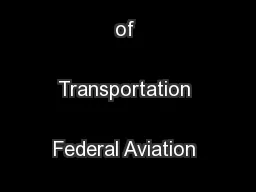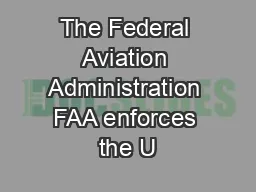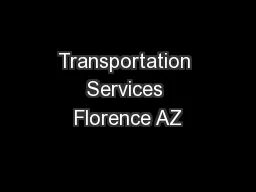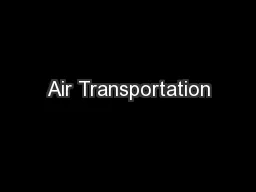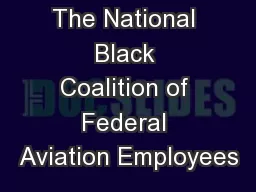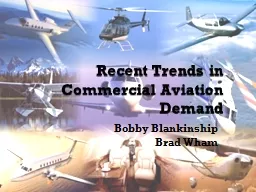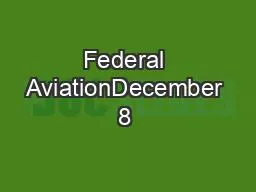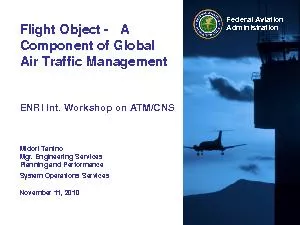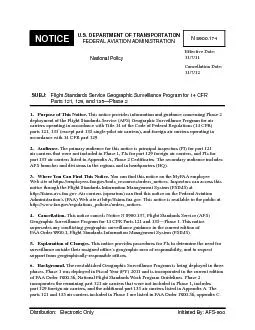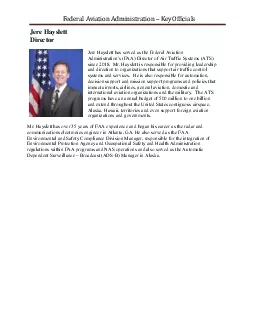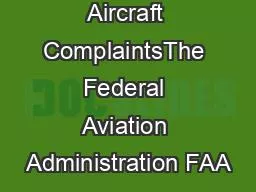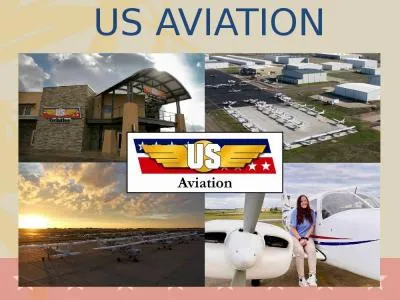PDF-U.S. Department of Transportation Federal Aviation Administration ...
Author : debby-jeon | Published Date : 2016-10-12
t 3 w Advisory Circular Subject OPERATION OF HOT AIR BALLOONS Date 61396 WITH AIRBORNE HEATERS Initiated by AFS820 AC No 9171 1 PURPOSE This advisory circular AC
Presentation Embed Code
Download Presentation
Download Presentation The PPT/PDF document "U.S. Department of Transportation Federa..." is the property of its rightful owner. Permission is granted to download and print the materials on this website for personal, non-commercial use only, and to display it on your personal computer provided you do not modify the materials and that you retain all copyright notices contained in the materials. By downloading content from our website, you accept the terms of this agreement.
U.S. Department of Transportation Federal Aviation Administration ...: Transcript
Download Rules Of Document
"U.S. Department of Transportation Federal Aviation Administration
..."The content belongs to its owner. You may download and print it for personal use, without modification, and keep all copyright notices. By downloading, you agree to these terms.
Related Documents

